Attending an Indian wedding? You're in for a real treat! These celebrations are massive, colorful, and a total feast for the senses. But before you get too excited about dancing to Bollywood hits, you might be scratching your head over what to wear. It's not just about looking good—it's about blending in with the vibrant culture and showing respect.
First up, ditch the black and white. Indian weddings are all about color. Think bright reds, pinks, greens, and golds. If you're feeling adventurous, try a saree or a kurta. A saree is this beautiful long piece of cloth that you drape around yourself, and a kurta is a long, loose shirt. They're not only traditional but also show you're embracing the cultural vibe.
Wondering what to do about accessories? Go big or go home! Indian weddings are like a fashion show, so don’t be shy with your jewelry. You’ll see statement necklaces, bangles, and earrings. But do keep it balanced. If your outfit is already elaborate, maybe tone down on the bling a bit.
Finally, respect the culture. Some ceremonies might require covered shoulders or head, especially if it's a religious part of the wedding. It's always a good idea to check with other guests or the hosts beforehand. You’ll enjoy the wedding even more knowing you're dressed comfortably and appropriately for every part of this epic event.
- Understanding the Dress Code
- Choosing the Right Attire
- Accessorizing Appropriately
- Respecting Cultural Nuances
Understanding the Dress Code
Dressing for an Indian wedding isn't just about grabbing something fancy or colorful; it’s about aligning with a rich tradition and showing respect for the culture. Indian weddings are usually spread over several days, with each day having different ceremonies and dress codes.
For the main ceremony, men can opt for a kurta with churidar or trousers, while women can consider wearing a saree or a lehenga. A saree, usually six to nine yards long, is draped elegantly around the body, whereas a lehenga is a long skirt paired with a fitted blouse and dupatta (a long scarf).
- Haldi Ceremony: Since turmeric is used in this pre-wedding ritual, yellow or orange is popular. Think of a simple kurta or lehenga in these hues—not only are these colors lovely, they're also stain-friendly!
- Mehndi Ceremony: This event is usually more relaxed. Floral prints or lighter colors work well here. You’ll see lots of dancing, so comfort is key.
- Reception: This is where you can go all out with glam. Metallics like silver or gold, or intricately embroidered attire would fit right into the celebration's vibe.
When you're planning your outfit, consider the venue too. If it’s in a temple, for instance, you might need to cover your head and definitely cover your shoulders.
| Ceremony | Common Dress Code |
|---|---|
| Haldi | Yellow/Orange Attire |
| Mehndi | Floral/Lighter Colors |
| Wedding | Traditional Saree/Lehenga or Kurta |
| Reception | Glamorous & Metallic Colors |
Understanding these basics will not only help you look the part but also feel confident as you groove alongside guests in celebration.
Choosing the Right Attire
Picking the perfect outfit for an Indian wedding can feel like navigating a kaleidoscope of choices, but it's easier than you think. Let's decode it together so you can stand out while fitting in.
For women, think about wearing a saree or a salwar kameez. A saree is a long fabric draped elegantly over your shoulder, usually paired with a blouse, while a salwar kameez is a tunic paired with trousers and a long scarf called a dupatta. These outfits are not only traditional but also super comfortable, perfect for all-day celebrations.
Men can look dashing in a kurta pajama or a sherwani. A kurta pajama is a long shirt worn with loose pants, perfect for those who like to keep it simple yet classy. A sherwani, on the other hand, is more like a fancy coat, usually worn for big events like weddings and can add a wow factor to your presence.
When it comes to fabric, choose something breathable—like silk or cotton—because most of these celebrations can get a bit warm with all the dancing and festivities. Plus, don't shy away from color! Indian weddings are vibrant spectacles, so embrace those bright reds, lush greens, and gleaming golds.
“At an Indian wedding, it's not just about what you wear, but how you wear it with joy and respect for the culture.” - Ritu Kumar, Designer
If you're really into planning, there could be different themes for different days. Yes, you might need a couple of outfits if you're attending multiple events. Organize your looks according to the event—be it the mehendi (henna ceremony), sangeet (music night), or the main wedding day.
And a small but critical note: avoid wearing white or black, as these are usually reserved for mourning and aren't considered festive.
Ultimately, the key is to feel confident and comfortable while wearing something that celebrates the richness of Indian culture. Enjoy the experience and dance the night away looking amazing!
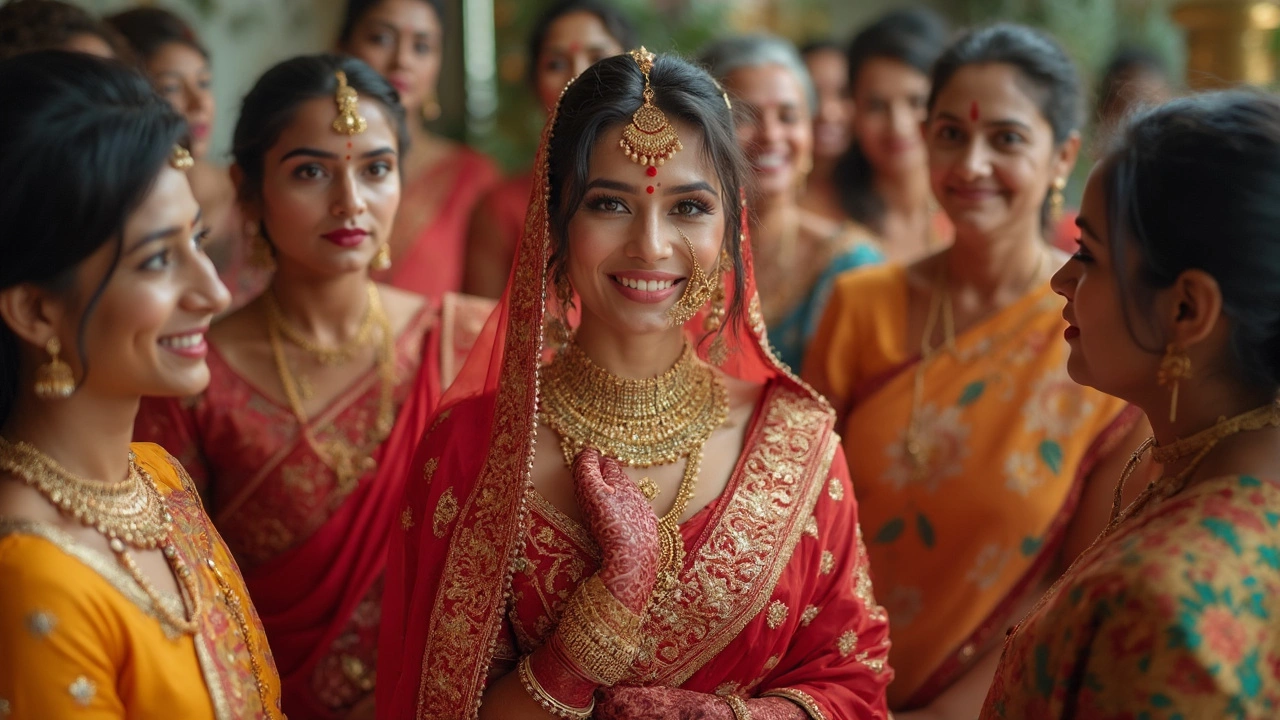
Accessorizing Appropriately
So, you've picked out a stunning outfit for the Indian wedding. What's next? Accessorizing, of course! Accessories can make or break your whole look. They're like the icing on the cake, adding that extra sparkle.
First things first: jewellery. Indian weddings are a perfect excuse to go all out. Think big, bold, and beautiful. Consider layering necklaces or stacking bangles. Gold is a popular choice, but feel free to mix in some silver or even colorful stones. If your chosen attire is more extravagant, aim for a subtle touch with your jewellery to strike a balance.
And let's not forget about those shoes. Comfort is key, especially if there'll be lots of dancing involved. Opt for some ornate sandals or traditional juttis. These not only complement the traditional look but also offer practical comfort.
Bags matter too. You’ll need something stylish to stash your essentials, right? A small clutch or a potli (a jeweled drawstring bag) works perfectly. These are cute, classy, and don't compete with your outfit for attention.
Hair accessories are a thing too. A beautiful hairpin or maang tikka (a type of head jewelry) can add a touch of elegance. It's all about creating a cohesive look that says you've thought of everything.
Finally, don't shy away from cultural nuances. Wearing a bindi—a little decorative dot in the center of your forehead—not only ties your look together but also shows an appreciation for Indian customs. Just keep it simple and tasteful.
Remember, these events are marathons, not sprints. So, the goal is to accessorize in a way that lets you look festive and feel at ease throughout the celebrations. With these tips, you’re sure to turn heads at that epic Indian wedding!
Respecting Cultural Nuances
Stepping into the world of an Indian wedding means being a part of a rich tapestry of traditions that might make you feel like you've walked straight into a Bollywood movie. But hey, with great colors come great responsibilities—or at least some rules to keep in mind to respect the culture.
First off, understanding the significance of customs and rituals can help make your experience more meaningful. Indian weddings are known for their vibrant ceremonies like the baraat (the groom's procession) and saat pheras (seven vows around a holy fire). Even if you’re just observing, being aware shows respect and helps you appreciate the depth of the occasion.
Next, be mindful of the dress code for specific events. Some parts of the wedding, usually religious ones, might require you to cover your head. You’ll often see women using a scarf or dupatta for this. It’s a small gesture but goes a long way in showing respect.
When it comes to greeting elders or the bride and groom, a simple Namaste with folded hands is a polite and respectful way to introduce yourself. If you're not sure, watch the other guests and follow their lead.
Let’s talk about gifts. It’s common to give money, known as shagun, in a well-decorated envelope. While other gifts are acceptable, this is a traditional way to help the couple start their new life.
Finally, don’t forget shoes! At certain ceremonies, particularly those in temples or during sacred rituals, everyone removes their shoes before entering. Look around or ask if you’re unsure.
- Embrace the traditional clothing attire, but don’t forget these little cultural cues.
- Respect the religious aspects—it's all part of the wedding guest experience.
Embracing these nuances doesn’t just make you fit in better, but it also enriches your whole experience at an Indian wedding. Plus, when you show up with respect and a willingness to participate, it breaks the ice and makes for some incredible memories!
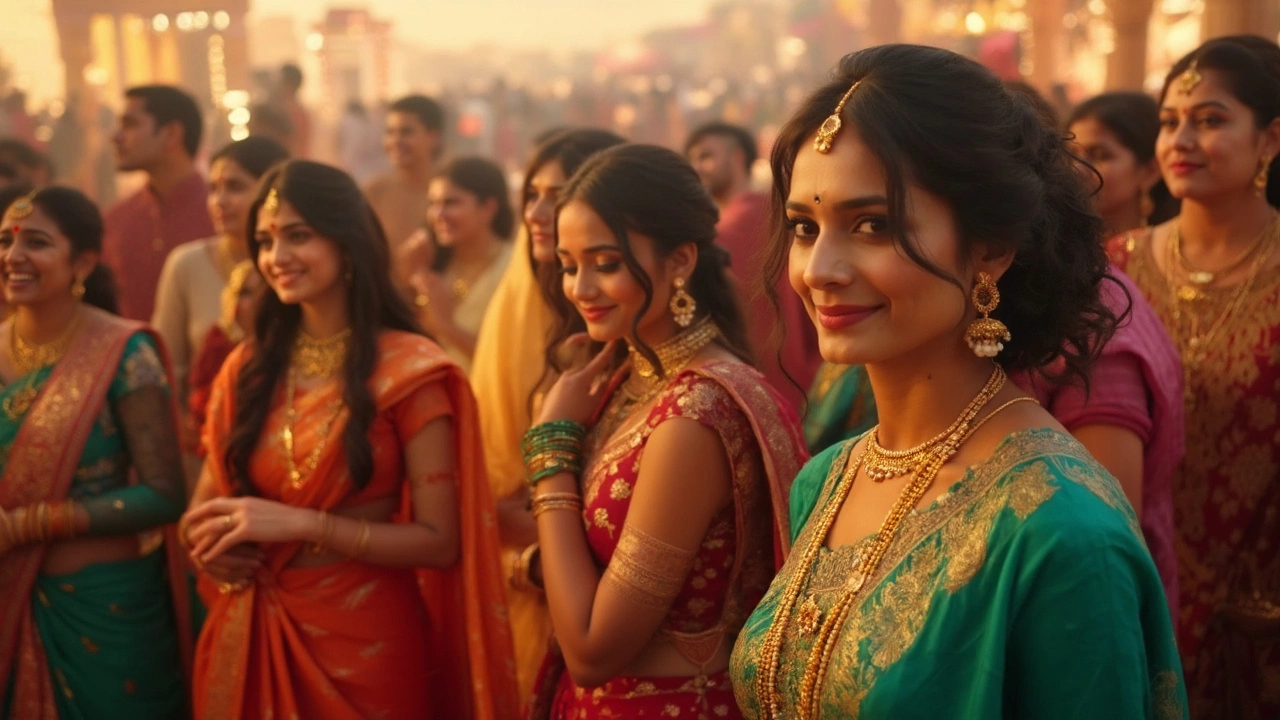
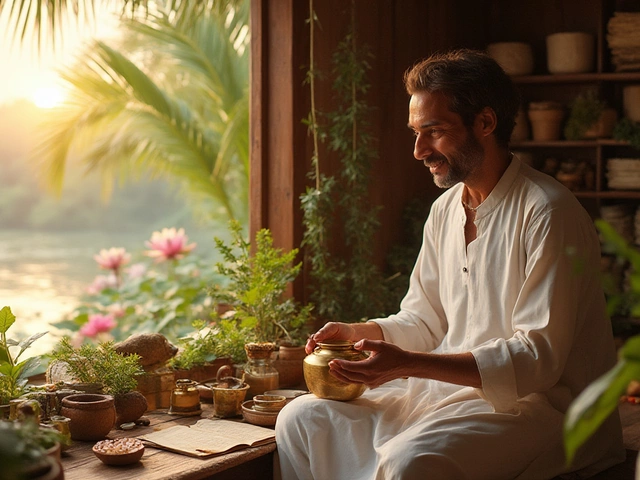
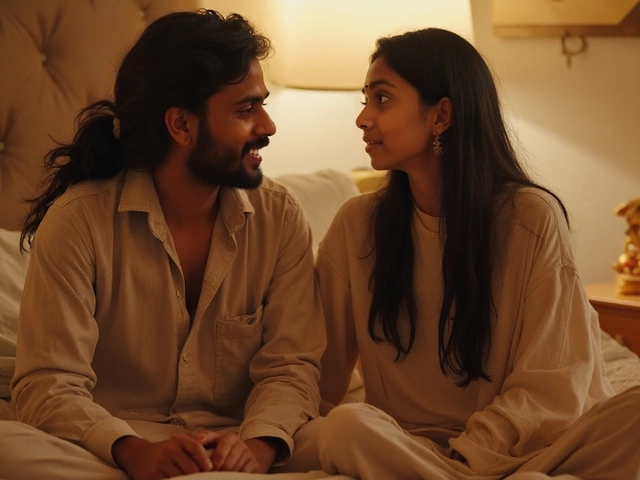
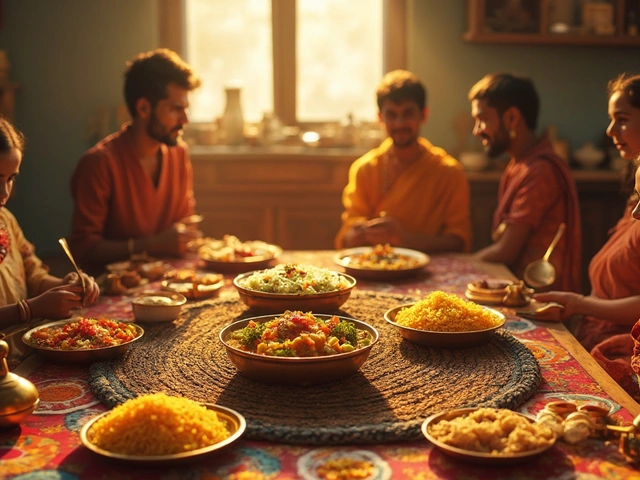
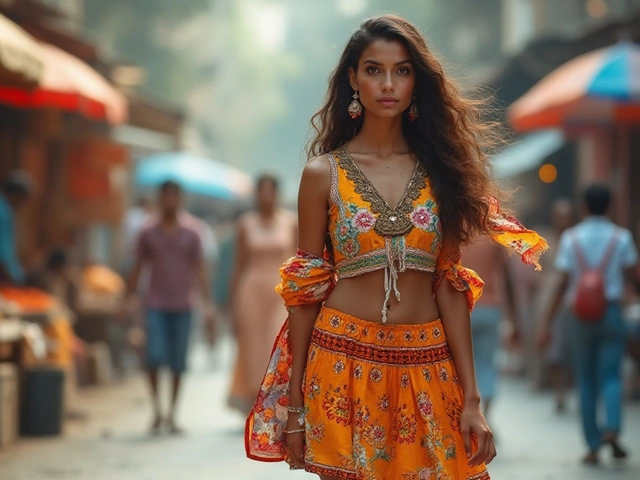
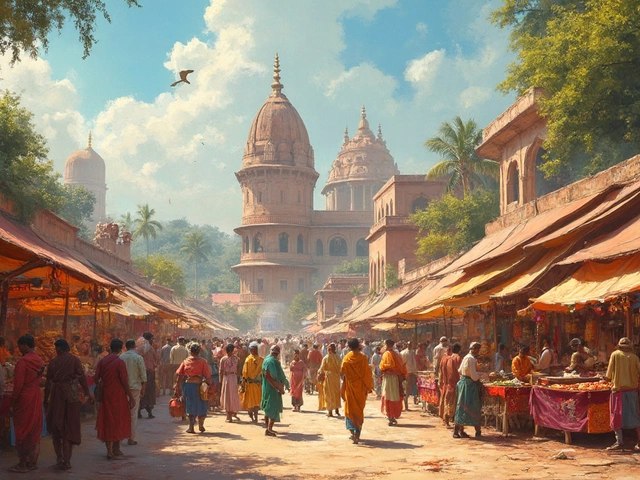
Write a comment